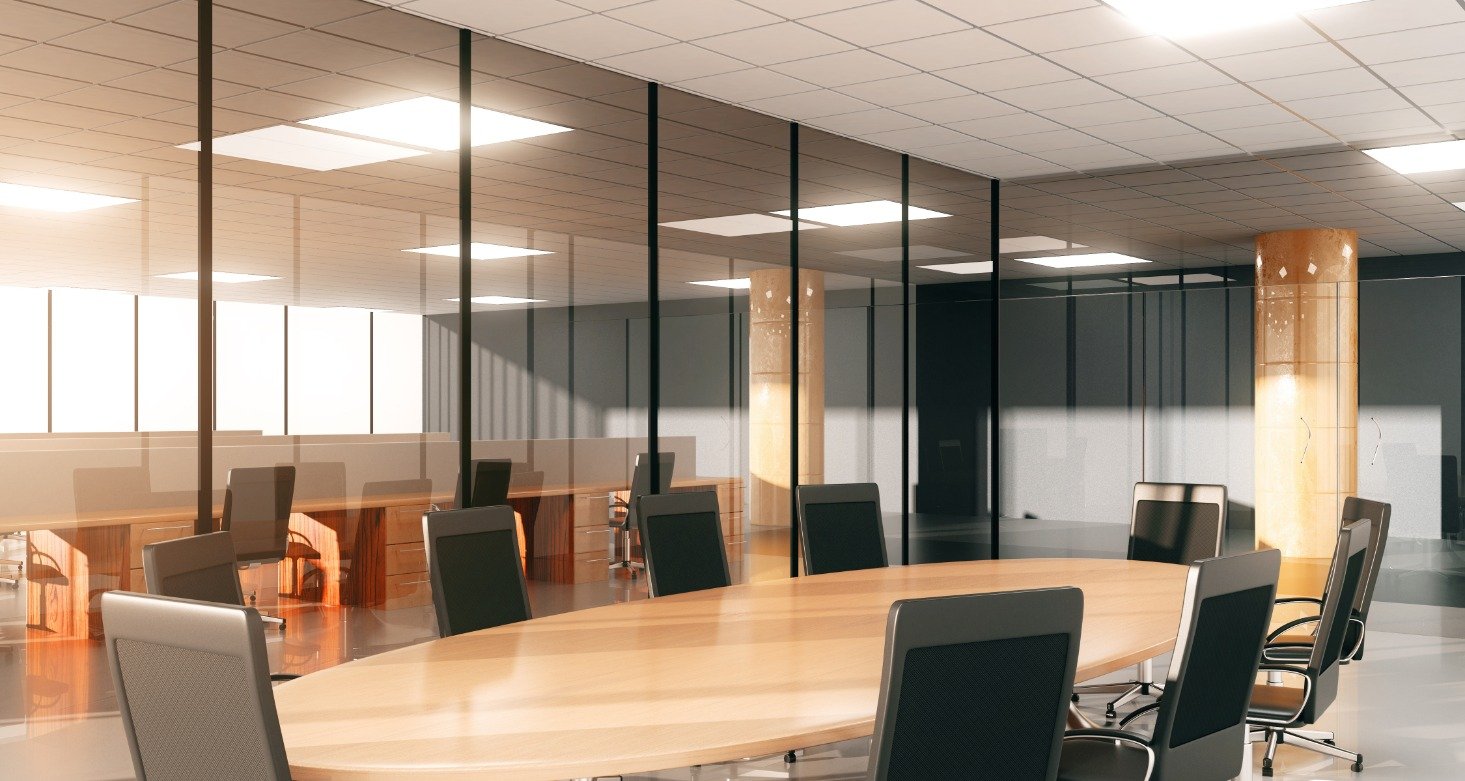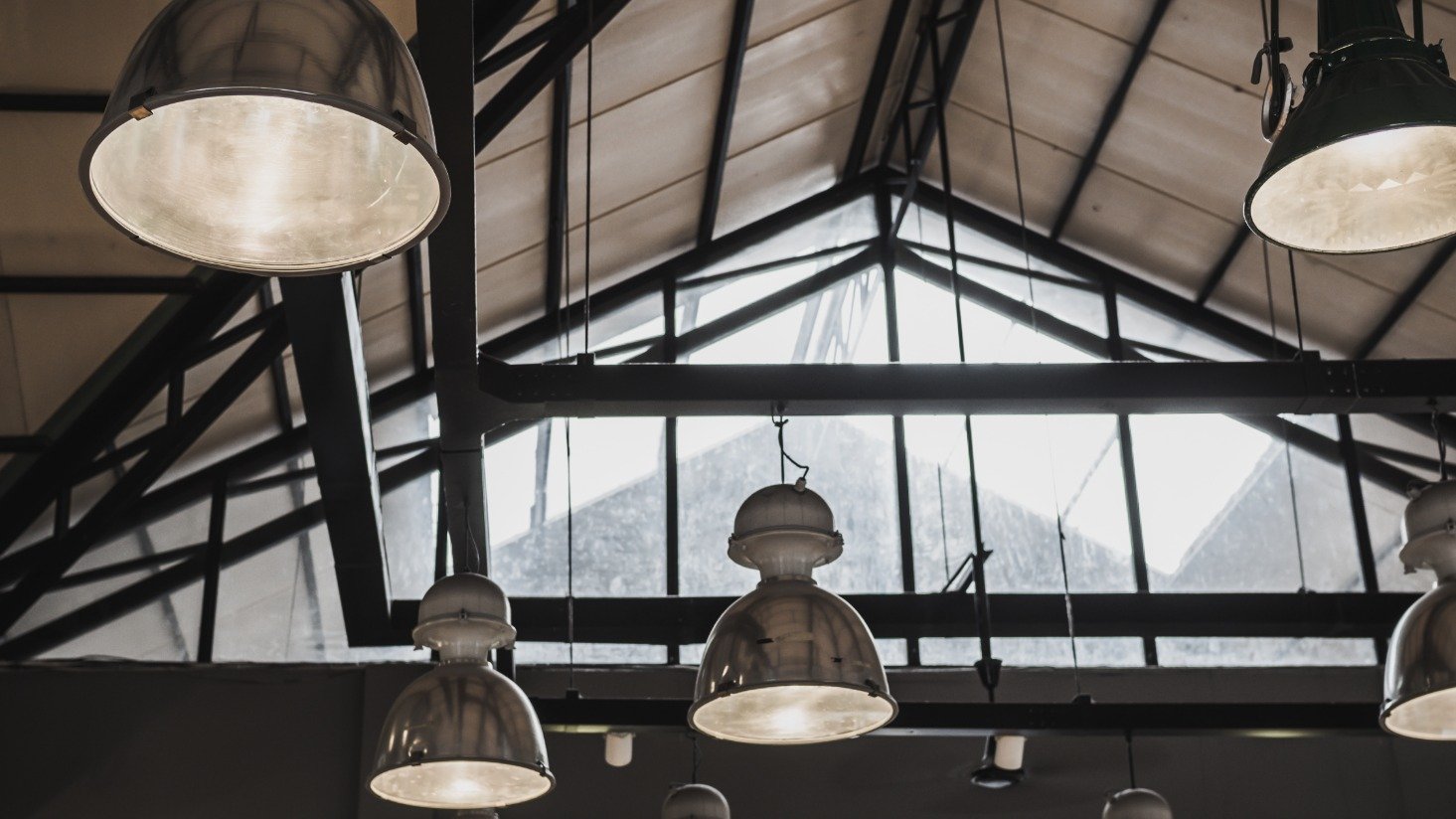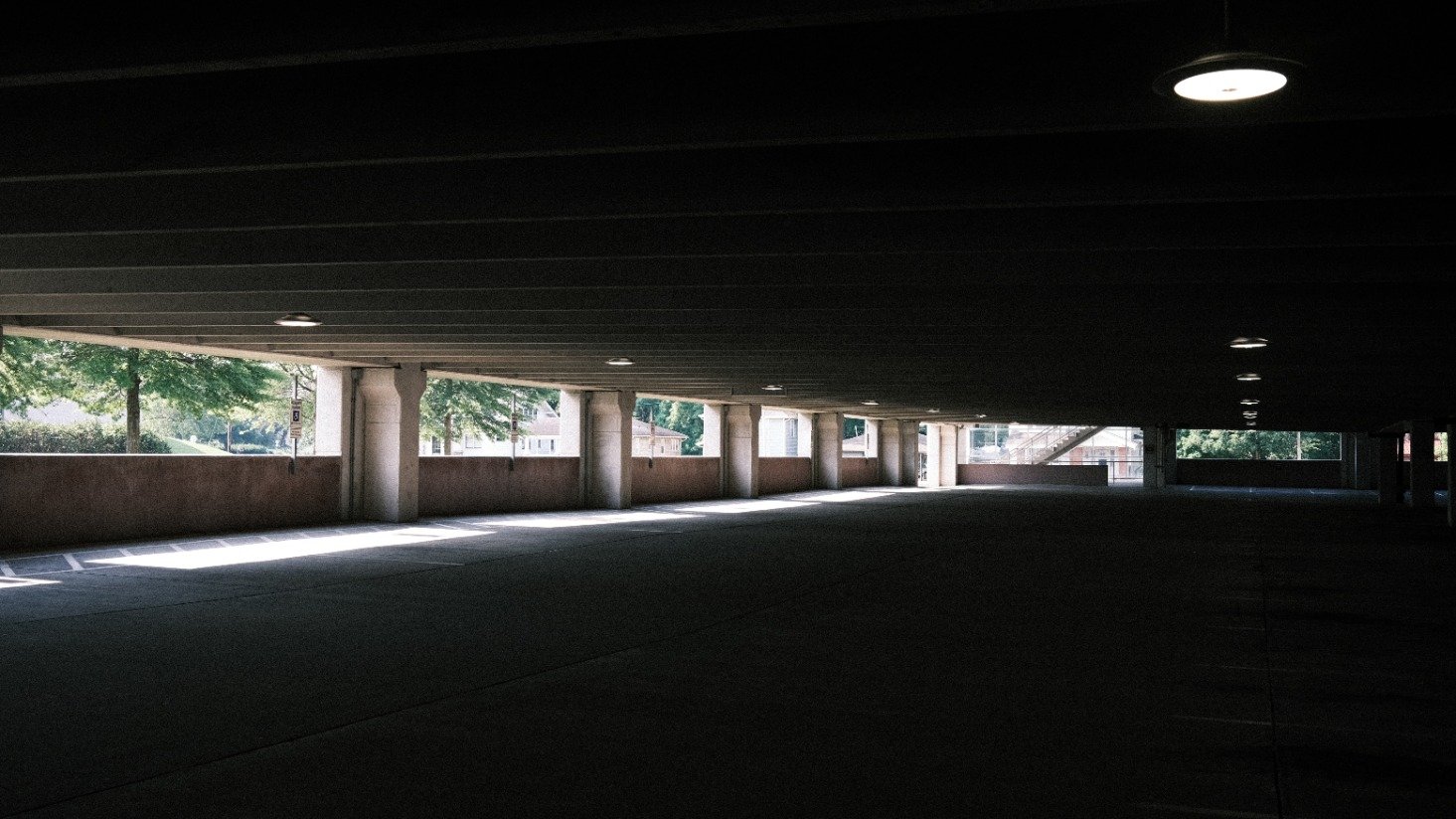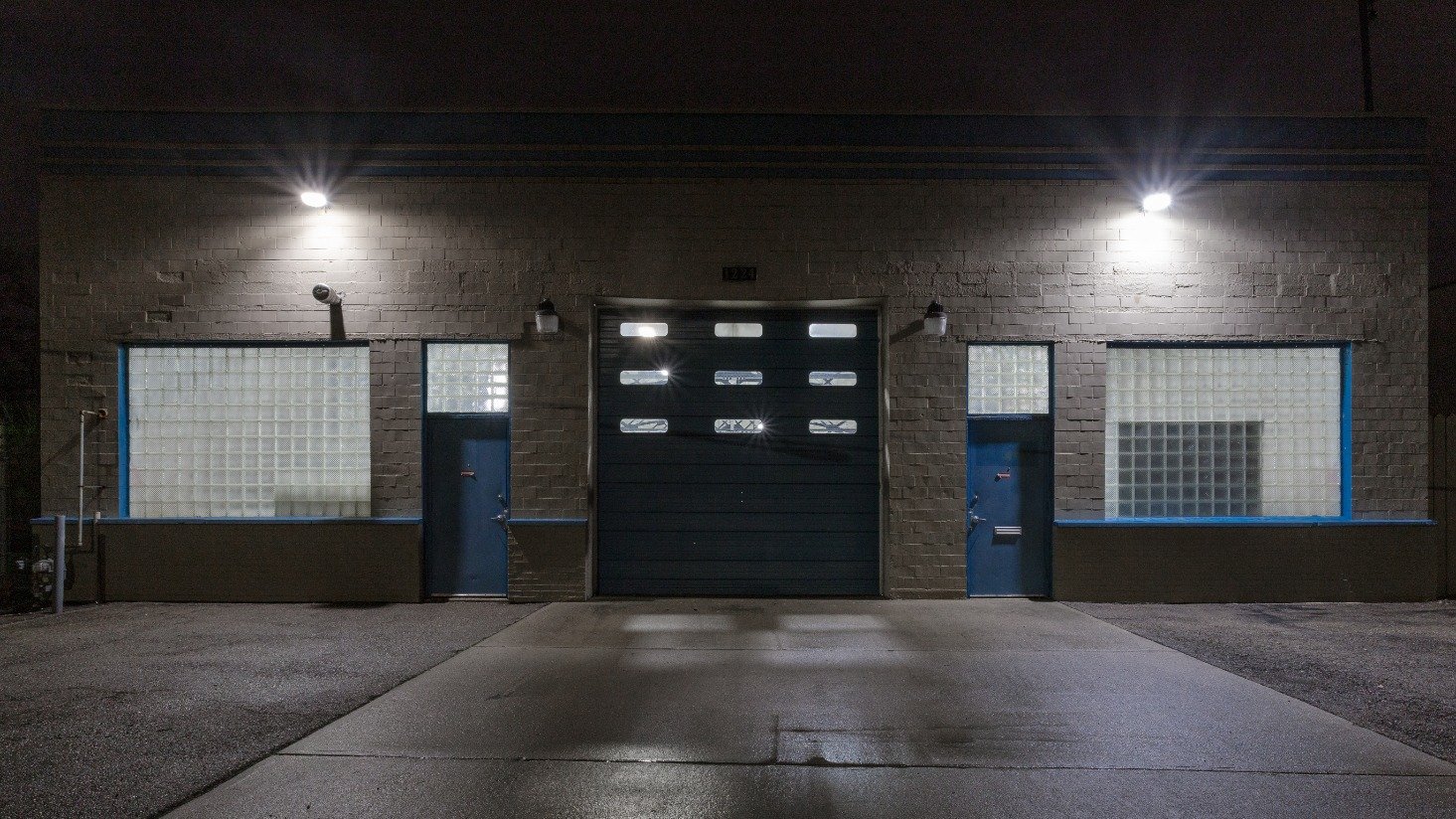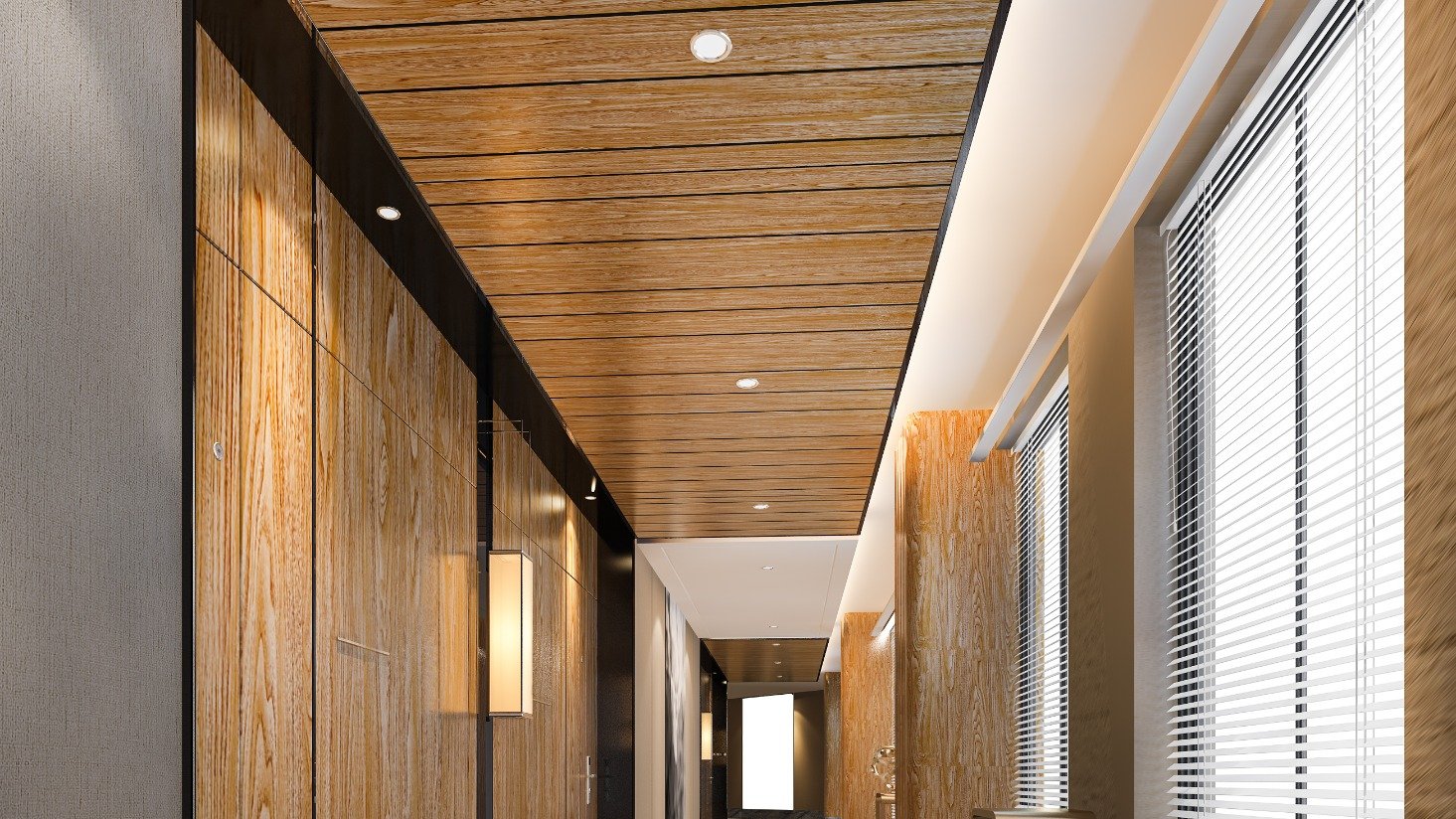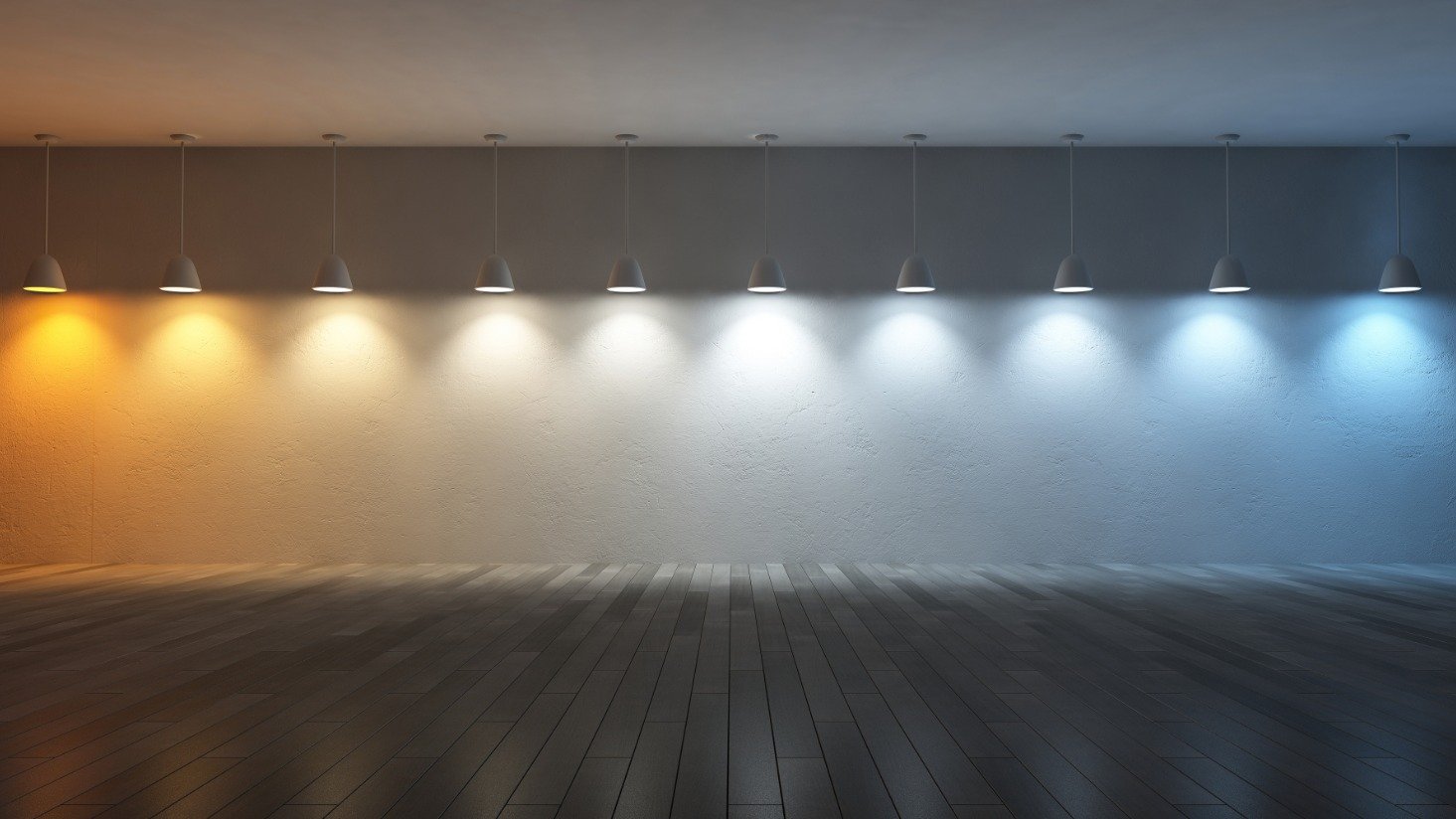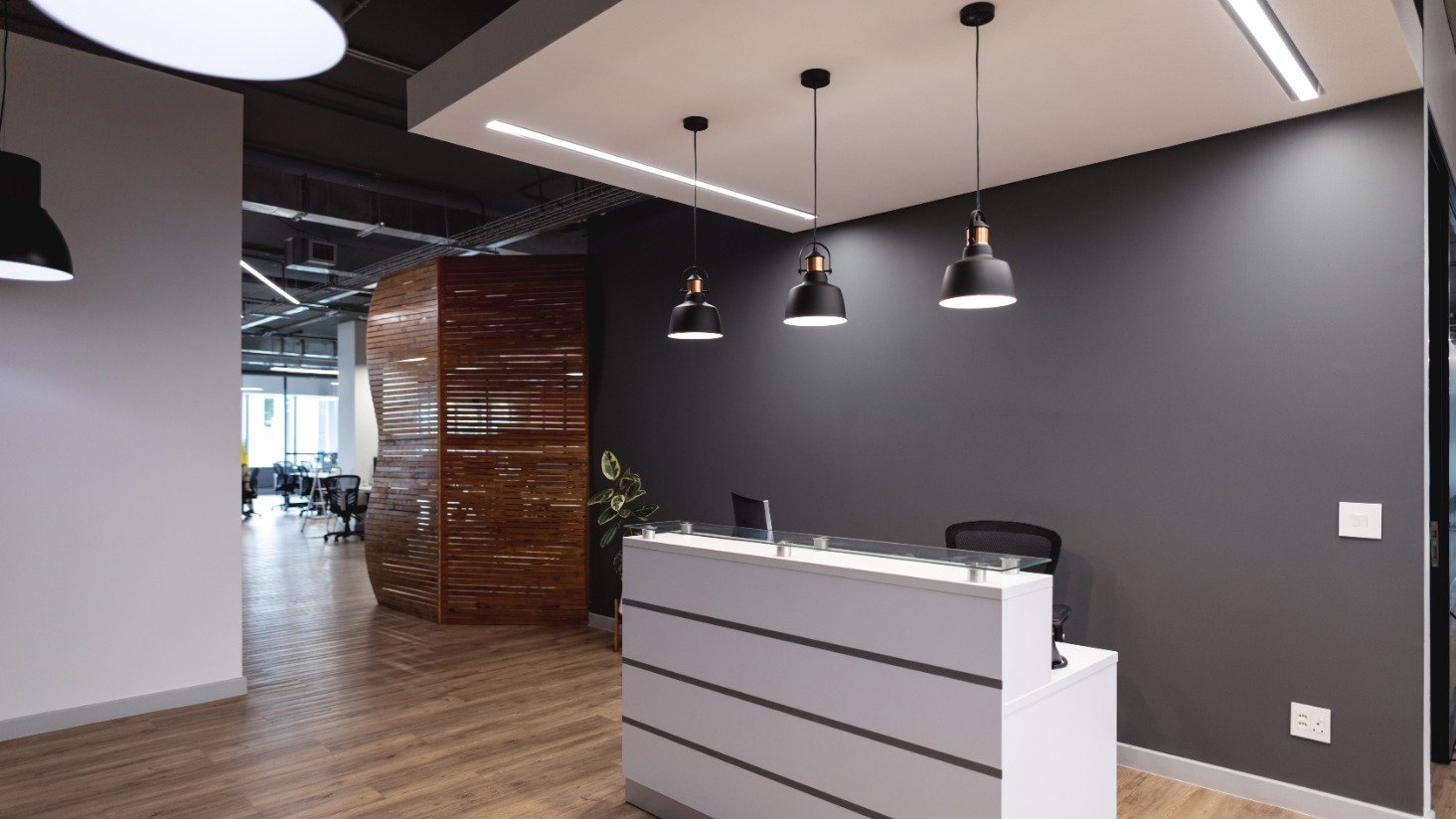How to pick the best LED flat panel
When you think of commercial office, education, and even healthcare lighting, you probably are picturing a troffer. These fixtures lay in a T grid ceiling and are a workhorse that have historically been lit with fluorescent tubes. LEDs have made in-roads in this category with LED troffers, creative retrofit kits to use in existing troffers, and most recently, LED flat panels.
LED flat panels are thinner, sleeker, and easier to ship than troffers — plus they are extremely efficient. As a result, many spaces are looking to these as a preferred option for general lighting in offices, schools, and many other commercial applications.
By design, these flat panels almost all look the same. So if you’re looking at the most common options, there’s a lot of “me, too” product out there and deciding between products may seem meaningless or frustrating.
We’ve put together a few considerations on picking the best LED flat panel to help guide your decision.
Why lowest cost LED flat panels can be problematic
When it comes to flat panels, it’s easy to think that they’re all essentially the same. There are some differences between edge-lit and back-lit designs, but otherwise, the build on these fixtures is pretty similar.
The challenge on the lowest cost flat panels isn’t something that is necessarily obvious at the start. First, the materials used for the panel and housing may not be made to last. Whether it’s premature yellowing or brittle plastics, you don’t want to be dealing with a fixture that looks 15 years old at the three year mark.
Another quality consideration is on the chips and electronics that produce the light. We cover this in more detail in this article about LED quality, but many of the lowest cost products cut corners on power conditioning or chip quality that can cause serious reliability issues.
The moral of the story here is not to judge an LED panel by its cover.
There’s still a big difference between some of the lowest cost options on the market and mainstream products, but when you’re comparing the larger, more reputable manufacturers, the differences have narrowed considerably. This also doesn’t mean that a quality “budget” flat panel doesn’t exist — there are many good options.
From here, we’ll look at a guide for choosing from comparable, good quality LED flat panels rather than focusing on low-end fixtures.
How to compare LED flat panels
The first step in choosing a flat panel is figuring out the size, light color, and light output. 2x4 panels are extremely common, and now the color and light output are selectable on many fixtures (more on this below), so this starts to make choosing easier.
Once you determine the size and performance you need, you’ll probably still be faced with a dozen or more panels to choose from. At this point, most of the decision comes down to your project timing, aesthetic preferences, and longer-term needs.
1. Flat panel availability
Product availability is more of a concern than ever. With supply chain issues that are often unpredictable, your project timeline should determine your perspective on product availability.
Many manufacturers are bringing stock into the U.S. or assembling fixtures in the U.S. to help with shortening lead times. If you need fixtures in a hurry or you're operating a project where getting product in a specific time frame is critical, you should consider looking for products where a distributor or manufacturer have available inventory in the U.S. We keep a pulse on this, so if you need help with a project, feel free to reach out with project details.
2. Color and wattage selectable versus fixed color and wattage flat panels
Manufacturers have gone big with “color selectable” and “wattage selectable” fixtures. These fixtures allow you to change the light color and in some case wattage (translates to light output) with small stitches on or in the fixture.
These fixtures tend to be slightly more expensive than a fixed color and fixed wattage fixture, but they also simplify the stocking needs for suppliers, so you may have an easier time finding product that’s in stock. These fixtures also allow for flexibility to configure in the field. You can decide if this is a pro or a con based on your project needs. Wattage or color selectable configurations can also impact rebate eligibility.
3. Flat panel dimmability
Lighting control requirements are becoming more common across the country, so dimming, multi-level switching, daylight harvesting, and other control strategies are required in some local code requirements. Title 24 is the most common example of this.
If you’re required to or plan to incorporate controls, make sure that dimming requirements for your lighting plan work with the flat panel fixture you select.
4. Aesthetics of edge-lit versus back-lit flat panels
There are generally two ways that a flat panel generates that even “pane” of light. Edge-lit panels are illuminated with LEDs that are embedded along the side or frame of the panel. These tend to be a lower-cost option and are often thinner panels. A good-quality edge-lit panel is typically a good budget choice.
Back-lit panels are illuminated with a grid of LEDs placed behind the diffuser. These are a newer option because diffusers and chips have gotten better allowing engineers to produce back-lit panels that don’t have any “hot spots.” These fixtures are often more efficient and offer the best performance. They can also tend to be thicker, but we’re still talking about flat panels, so this may be a non-issue.
If you’d like a deeper dive on this topic, check out our article on edge-lit versus back-lit LED flat panels. In general, the industry is heavily moving toward back-lit options.
5. Panel warranty
Reputable manufacturers generally offer warranties on fixtures in the five-to-ten-year range. In most cases, a warranty only covers the product itself and not installation labor. When it comes to flat panels, this can ease worries about yellowing, cracking, or poor LED performance.
If longevity is something that is critical for your application, a higher-end product with a longer warranty or even an extended warranty may be a consideration.
6. Brand and cost
Once you’ve ruled out products with quality and longevity concerns as we covered above, you’re still left with a range of brands and prices. When it comes to brand, there are many good options to choose from. If you’re looking for other lighting products and you can consolidate to a specific brand, you may be able to negotiate better pricing based on volume. Or maybe you’re trying to hit an overall fixture price or project cost which will drive you toward a specific option.
Of the reputable products, you’ll see both edge and back-lit options, longer warranty, color and wattage selection, physical dimensions, and other features affecting the price. Based on the features you need, you’ll still have a variety of prices to choose from that you can feel good about.
7. Rebate eligibility
Are you planning to apply for utility rebates to help reduce your project cost? If so, make sure that you consider any requirements like the latest DLC rating, wattage requirements, and more when selecting an LED flat panel. It’s best to check directly with your utility company on these requirements so you don’t have any surprises, and if we’re running a project for you, our team can also help with this.
You may also want to check with your utility on the impact of color and wattage selectable features on rebate eligibility.
What is the best LED flat panel available?
Ultimately, the best LED wall pack is going to depend on your budget and requirements, but the good news is that there are a range of good options to choose from.
In general, you can expect pricing to fall into this range:
- 1x4 LED flat panel: $52 to $75
- 2x2 LED flat panel: $48 to $70
- 2x4 LED flat panel: $75 to $95
If you’re working on a lighting retrofit, remodel, or a new construction project, our team has the expertise to guide you to the products that fit your needs and timeline. If you’re ready to specify projects or you have an over-budget lighting package that you need help with, schedule a lighting consultation with our team here.
